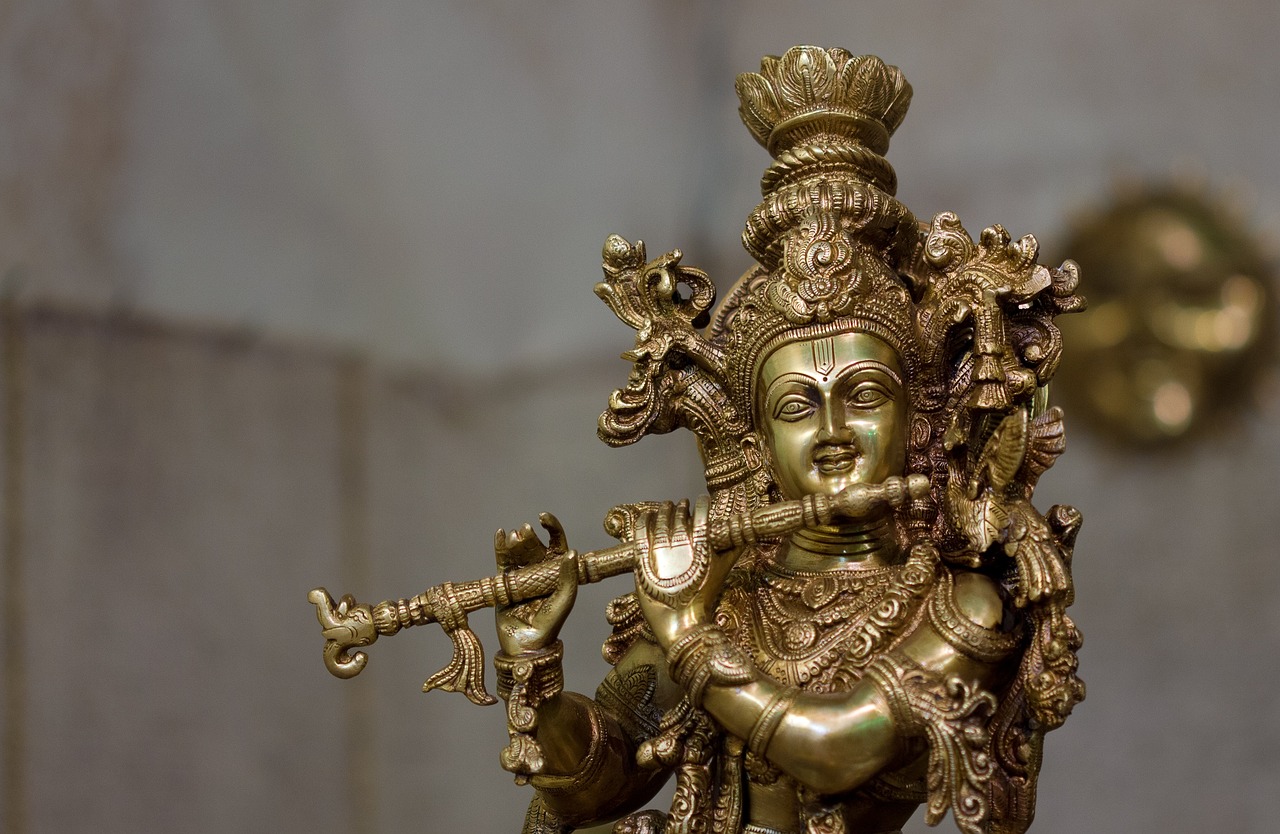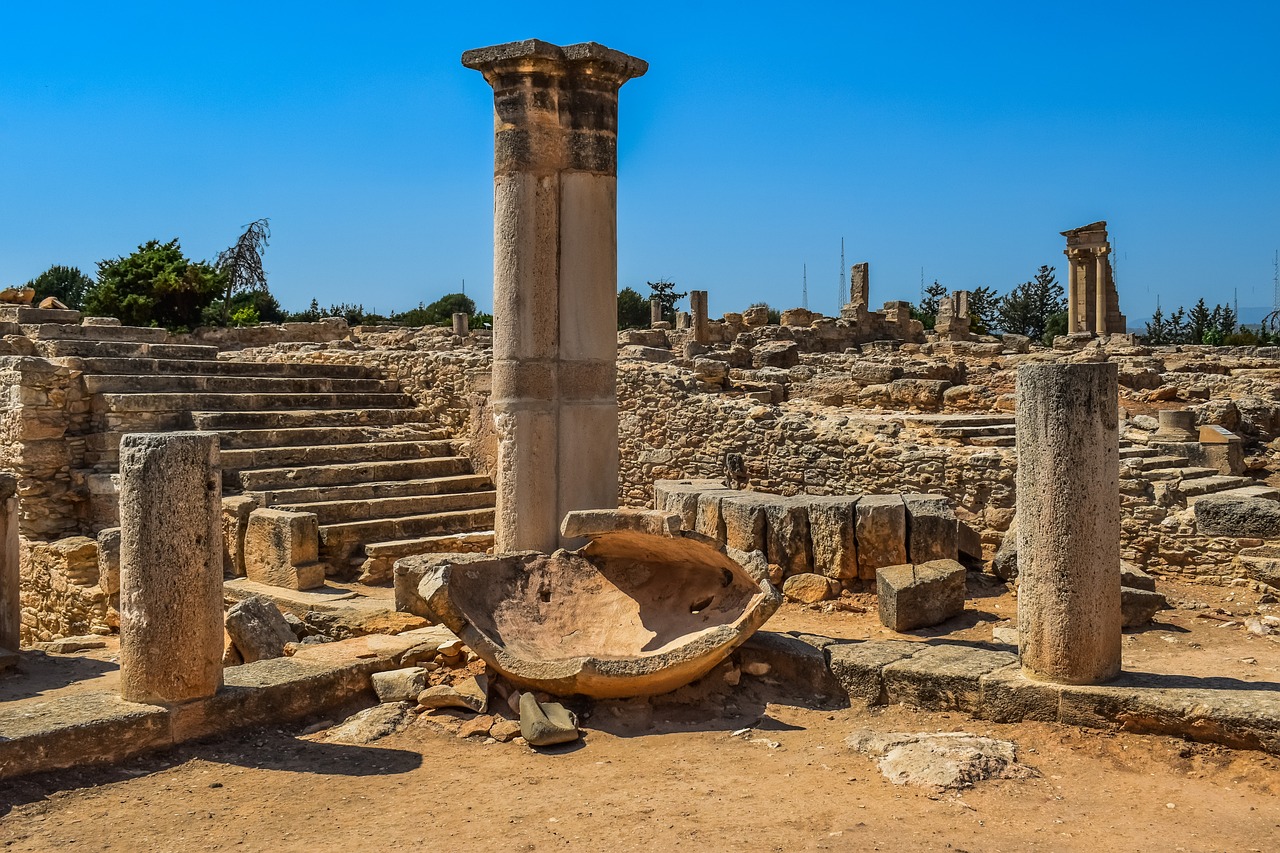The Discovery of the Ancient Etruscan Civilization
Imagine stumbling upon a hidden treasure trove of ancient wonders, a civilization shrouded in mystery and intrigue, waiting to be unveiled. This is the captivating journey that awaits those who delve into the enigmatic world of the ancient Etruscans. Nestled in the heart of central Italy, long before the grandeur of Rome, the Etruscans thrived, leaving behind a legacy that continues to astonish and inspire.
As we embark on this archaeological adventure, we are transported back in time to the origins and early settlements of the Etruscans in Etruria. Interacting with neighboring cultures, they forged a unique path, developing their language and customs that set them apart in the ancient landscape. Their art and architecture stand as testaments to their creativity and innovation, with intricate bronze sculptures, vibrant frescoes, and urban planning skills that influenced generations to come.
Delving deeper, we uncover the rich tapestry of religion and beliefs that shaped the spiritual life of the Etruscans. Their pantheon of deities, divination rituals, and elaborate funerary customs offer a glimpse into their worldview, inviting us to ponder the mysteries of their faith. The trade networks and economic prowess of the Etruscans reveal a society of skilled merchants and craftsmen, producing luxury goods that adorned the ancient world.
However, as with all great civilizations, the Etruscans faced their own decline and conquest. Internal conflicts and invasions by neighboring powers marked the beginning of the end, leading to their assimilation into the Roman Republic. Yet, their legacy endured, leaving an indelible mark on art, religion, and urban planning that resonates to this day.
Archaeological discoveries have unearthed treasures that shed light on the daily life and history of the Etruscans. Tombs, artifacts, inscriptions, and ancient sites provide invaluable insights, allowing us to piece together the puzzle of this fascinating civilization. Modern perspectives and ongoing research continue to unravel the mysteries of the Etruscans, fueling a quest for deeper understanding and appreciation of their significance in the ancient world.

Origins and Early Settlement
The origins of the ancient Etruscan civilization are shrouded in mystery, with scholars debating their exact origins. Believed to have emerged around the 9th century BC in the region of Etruria, present-day Tuscany, the Etruscans established a network of city-states characterized by a unique culture and advanced society. Their early settlements in central Italy were influenced by interactions with the Greeks and Phoenicians, leading to the development of their distinctive language, art, and customs.
Archaeological evidence suggests that the Etruscans were skilled artisans and traders, known for their metalwork, pottery, and agricultural practices. Their society was organized hierarchically, with an elite ruling class controlling political and religious affairs. The Etruscans built fortified cities and developed an intricate system of roads connecting their urban centers, showcasing their advanced urban planning skills.
One of the most significant aspects of Etruscan culture was their burial practices, which reflected their beliefs in the afterlife. Elaborate tombs filled with precious objects, intricate frescoes, and sculptures were constructed to honor the deceased and ensure a prosperous journey to the underworld. These tombs provide valuable insights into Etruscan beliefs about death, the soul, and the divine.
As the Etruscan civilization flourished, their influence spread throughout central Italy, with trade networks extending to regions as far as Greece and North Africa. The Etruscans established themselves as skilled merchants, exporting luxury goods such as wine, olive oil, and fine ceramics. Their economic prosperity and cultural achievements laid the foundation for their enduring legacy in the ancient world.

Art and Architecture
The art and architecture of the ancient Etruscans stand as a testament to their creativity and ingenuity, showcasing a rich cultural heritage that continues to intrigue historians and art enthusiasts alike. Renowned for their mastery of various artistic mediums, the Etruscans left behind a legacy of exquisite craftsmanship and innovative design that influenced subsequent civilizations.
One of the most striking aspects of Etruscan art is their intricate bronze sculptures, which display a remarkable attention to detail and a sophisticated understanding of anatomy. These sculptures, ranging from small figurines to life-size statues, often depicted mythological figures, warriors, and everyday scenes, reflecting the Etruscans' diverse artistic interests and skills.
In addition to bronze work, the Etruscans were known for their vibrant frescoes that adorned the walls of tombs and temples. These colorful paintings depicted scenes from daily life, religious ceremonies, and mythical narratives, providing valuable insights into Etruscan society and beliefs. The use of vivid colors and intricate patterns in their frescoes showcased the Etruscans' artistic prowess and attention to detail.
The Etruscans also excelled in architecture, creating impressive structures that reflected their advanced urban planning skills. Their cities featured well-planned streets, drainage systems, and public buildings, demonstrating a keen understanding of city design. The influence of Etruscan architecture can be seen in Roman cities, where elements such as the arch, vault, and dome were adopted and further developed.
Moreover, the Etruscans were known for their elaborate tombs, which served as not only burial sites but also as showcases of their artistic achievements. These tombs, adorned with intricate carvings, paintings, and precious artifacts, reflected the Etruscans' beliefs about the afterlife and their desire to honor the deceased. The Tomb of the Reliefs in Cerveteri is a prime example of Etruscan funerary art, featuring detailed reliefs that offer a glimpse into Etruscan customs and traditions.

Religion and Beliefs
The religion and beliefs of the ancient Etruscans provide a fascinating glimpse into their spiritual world and cultural practices. Central to Etruscan society was their intricate pantheon of deities, each governing different aspects of life and nature. From Tinia, the chief god associated with the sky and thunder, to Uni, the goddess of fertility and childbirth, the Etruscans worshipped a diverse array of gods and goddesses.
One of the most distinctive features of Etruscan religion was their practice of divination, the art of interpreting signs and omens to predict the future. Etruscan priests, known as haruspices, would inspect the entrails of sacrificed animals or observe natural phenomena to gain insights into the will of the gods and make important decisions.
Funerary customs also played a significant role in Etruscan beliefs, reflecting their views on the afterlife and the journey of the soul. Elaborate tombs filled with precious goods and intricate frescoes depicted scenes of the deceased's life and their passage to the underworld, emphasizing the importance of honoring the dead and ensuring a peaceful transition to the afterlife.
The Etruscans believed in the concept of an afterlife where the soul continued its existence in the underworld, guided by Charun, the fearsome demon of death. To ensure a smooth journey to the afterlife, the Etruscans placed great importance on proper burial rites and offerings to appease the spirits of the deceased.
Overall, the religious beliefs of the Etruscans were deeply intertwined with every aspect of their lives, from daily rituals to major events, shaping their worldview and influencing their cultural practices. The enigmatic nature of Etruscan religion continues to intrigue scholars and archaeologists, offering a window into the spiritual world of this ancient civilization.

Trade and Economy
The trade and economy of the ancient Etruscans played a pivotal role in their society, shaping their interactions with neighboring cultures and influencing their prosperity. Renowned for their expertise in commerce and craftsmanship, the Etruscans established extensive trade networks that facilitated the exchange of goods and ideas across the Mediterranean region.
One of the key aspects of Etruscan trade was their production of luxury goods, including exquisite pottery, intricate jewelry, and finely crafted bronze artifacts. These items not only served as symbols of wealth and status but also showcased the artistic skill and craftsmanship for which the Etruscans were revered.
Moreover, the Etruscans excelled in maritime trade, utilizing their strategic location along the Tyrrhenian Sea to engage in commerce with various Mediterranean civilizations. Their ships transported goods such as olive oil, wine, and precious metals, contributing to the economic prosperity of Etruscan city-states.
Additionally, the Etruscans were known for their skilled craftsmanship in metalworking, producing elaborate bronze sculptures and decorative objects that were highly sought after in the ancient world. These valuable commodities not only brought wealth to Etruscan artisans but also enhanced the reputation of Etruscan goods in the international market.
Through their participation in trade and commerce, the Etruscans not only accumulated wealth but also fostered cultural exchange and innovation. The influence of Etruscan artistic styles and technological advancements can be seen in various regions, demonstrating the far-reaching impact of their economic activities on the ancient world.

